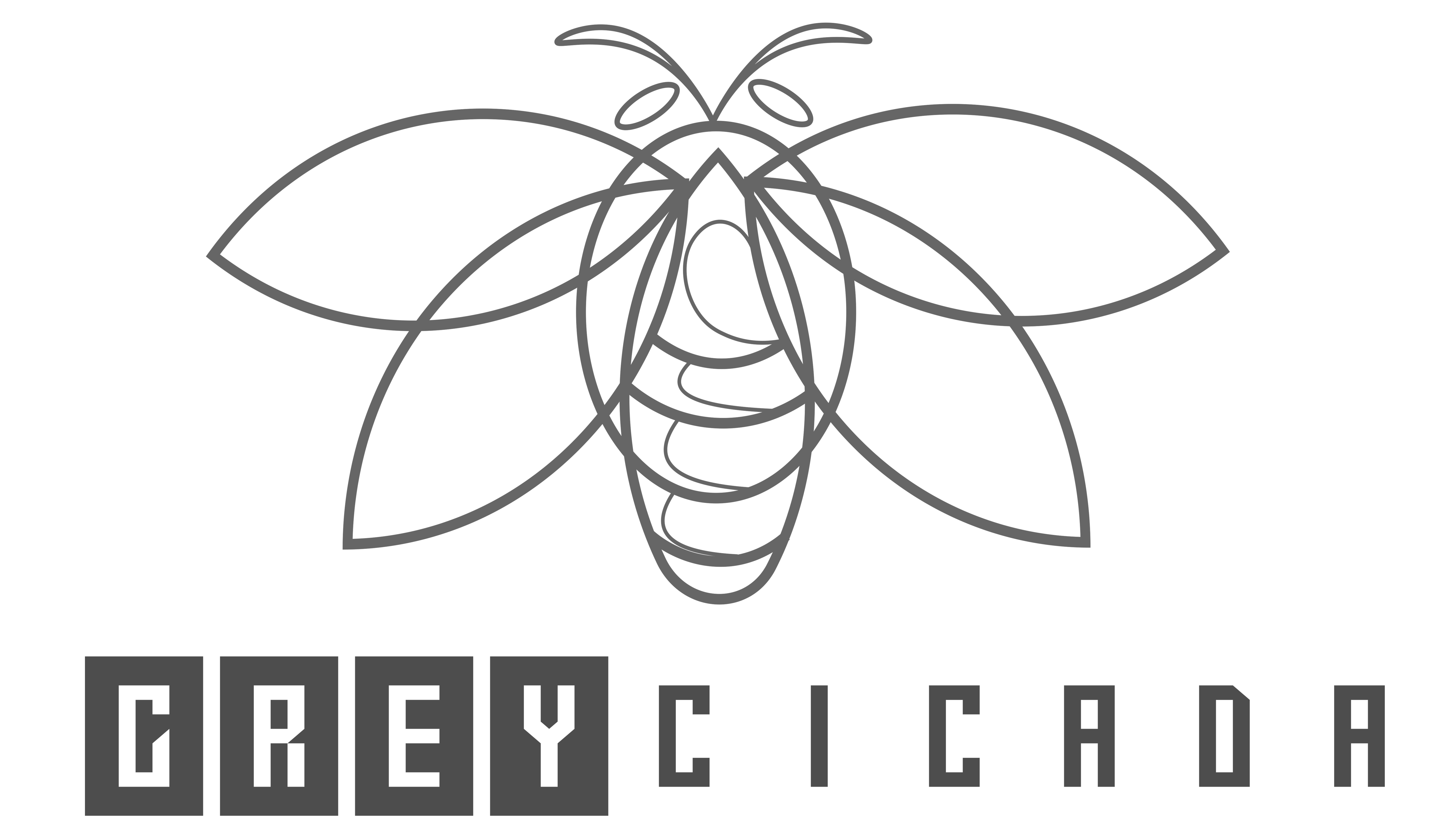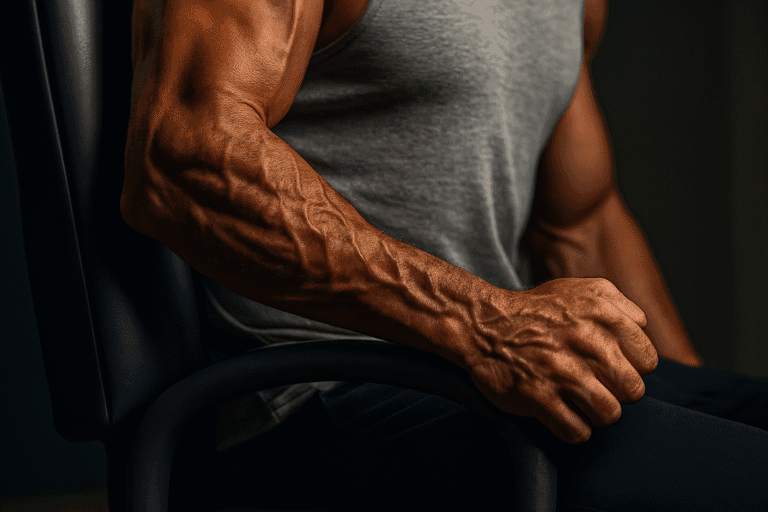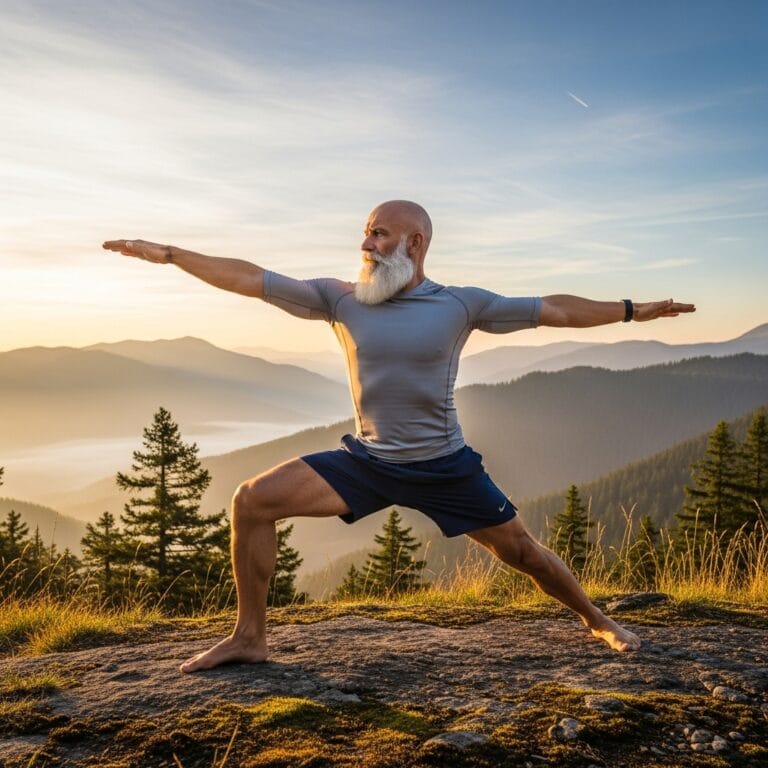FREE SHIPPING OVER $50
Do These 10 Exercises Regularly—They’re Proven to Help You Live Longer

The desire to live a longer, healthier life—one filled with energy, mobility, and independence—is universal. While factors like diet and genetics play undeniable roles, mounting scientific evidence confirms that the most powerful, accessible, and enjoyable tool we have for maximizing longevity is consistent, specific exercise. This isn’t just about looking good; it’s about fundamentally changing the biological clock, reducing your risk of chronic diseases, and enhancing the quality of your extra years.
Modern fitness research has moved beyond general advice, pinpointing key movements that directly impact markers of aging, from bone density and muscle mass to cardiovascular function and cellular health. These 10 exercises are the gold standard because they address the critical physical capacities proven to correlate with a longer lifespan. Incorporating these specific movements into your weekly routine is your most effective prescription for anti-aging and sustained vitality.
The Science of Longevity: Why Exercise Works Wonders
The link between exercise and longevity is no coincidence; it’s rooted in cellular biology. Regular physical activity triggers several profound changes that actively combat the aging process.
1. Telomere Protection
Telomeres are protective caps on the ends of your chromosomes that shorten every time your cells divide. Shorter telomeres are a key marker of biological aging and increased disease risk. Studies show that people who engage in regular, high-quality exercise have longer telomeres than sedentary individuals, suggesting that consistent movement literally slows the biological aging process.
2. Metabolic Health and Insulin Sensitivity
Exercise, particularly resistance training, dramatically improves your body’s sensitivity to insulin. Better insulin sensitivity is crucial for maintaining stable blood sugar and preventing Type 2 diabetes, a major contributor to reduced lifespan. When your muscles are active, they efficiently pull glucose from the bloodstream, leading to a healthier metabolic profile.
3. Preserving Muscle Mass (Sarcopenia)
After the age of 40, we begin to lose muscle mass at an accelerating rate—a condition called sarcopenia. Muscle is not just about strength; it’s a vital endocrine organ that drives metabolism and hormone production. The greater your functional muscle mass, the better your quality of life in later years. The exercises listed below specifically target muscle preservation and growth, directly supporting longevity.
The 10 Essential Exercises for Longevity
These 10 exercises are divided into key functional categories that reflect the abilities most strongly linked to an extended, healthy lifespan: Strength, Power, Stability, and Cardiovascular Health.
Category 1: Foundational Strength & Muscle Preservation (The Anti-Sarcopenia Moves)
These movements recruit the largest muscle groups, creating the greatest hormonal response for muscle growth and bone density.
1. The Goblet Squat
- Why it’s essential: It’s the king of lower-body exercises. The squat builds immense strength in the glutes, quads, and core—all vital for maintaining independence, balance, and the ability to get up from a chair (a major predictor of longevity). Holding the weight in the front (Goblet style) makes it safer and forces upright posture.
- Focus: Maintain an upright chest and drive your knees out. Go as low as possible while keeping your heels on the ground.
2. The Dumbbell Row
- Why it’s essential: As we age, posture degrades, leading to rounded shoulders and neck pain. The dumbbell row is a crucial pulling movement that strengthens the upper back and rear shoulder muscles (the entire posterior chain), actively counteracting the forward hunching that characterizes poor aging posture.
- Focus: Think about pulling your elbow toward the ceiling and squeezing your shoulder blade powerfully toward your spine.
3. The Push-Up
- Why it’s essential: The push-up is a foundational bodyweight move that builds upper-body strength (chest, shoulders, triceps) while demanding immense core stability. The ability to move your own body weight through space is a key marker of functional fitness.
- Focus: Keep your body in a perfectly straight line from head to heels. If necessary, start on an incline (hands on a bench or counter) and gradually work toward the floor.
4. The Romanian Deadlift (RDL)
- Why it’s essential: The RDL targets the hamstrings and glutes like no other exercise. These muscles are essential for hip health, preventing falls, and powerful locomotion. This move teaches the vital hip hinge pattern used for safely lifting objects off the floor.
- Focus: Keep a soft bend in the knees. Push your hips straight back until you feel a deep stretch in the hamstrings, keeping the back flat and the weight close to your legs.
Category 2: Power and Neuromuscular Efficiency (The Anti-Fall Moves)
As muscle mass declines, so does our power (the ability to generate force quickly). Falls are a leading cause of disability in older adults; these exercises preserve the neurological function needed for quick reaction time.
5. The Medicine Ball Slam
- Why it’s essential: This is a dynamic, full-body exercise that requires rapid core contraction and explosive movement. Training power preserves fast-twitch muscle fibers, which are essential for quickly catching yourself when you trip.
- Focus: Lift the ball overhead, stand tall, and then slam it straight down to the ground using your whole body, not just your arms.
6. The Kettlebell Swing (or Dumbbell Clean)
- Why it’s essential: This is a powerful, cyclical exercise that rapidly builds power in the hips and glutes. It teaches the body to quickly snap the hips forward, which translates into powerful walking, running, and jumping ability—all markers of a youthful gait.
- Focus: This is a hinge, not a squat. Use your hips to drive the weight forward, maintaining a rigid core and tall posture at the top.
Category 3: Stability, Balance, and Mobility (The Joint Health Moves)
These exercises support the joints, maintain balance, and strengthen the core to prevent the daily aches and pains that reduce the desire to remain active.
7. The Single-Leg Balance (with eyes closed)
- Why it’s essential: The ability to stand on one leg is a surprisingly strong predictor of lifespan. Simple balance work enhances proprioception (body awareness) and strengthens the small stabilizing muscles around the ankles and hips. Closing your eyes removes visual cues, forcing your deep stabilizing muscles to work harder.
- Focus: Start by aiming for 30 seconds on each leg with your eyes open. Progress to closing your eyes for 10-20 seconds.
8. The Bird-Dog
- Why it’s essential: This core exercise is perfect for longevity because it builds anti-rotation stability and teaches the body to brace the spine while the limbs move. This protects the lower back during all other major lifts and everyday tasks.
- Focus: Maintain a perfectly flat, level back. Think about sliding your hand and foot along the wall, focusing on slow, controlled movement without allowing your torso to rock.
Category 4: Cardiorespiratory Fitness (The Heart Health Moves)
Cardiovascular fitness is a direct measure of your heart and lung efficiency, which is undeniably linked to longevity.
9. High-Intensity Interval Training (HIIT) Sprints
- Why it’s essential: Short, intense bursts of effort (like 30-second sprints followed by 60-90 seconds of rest) are scientifically proven to be one of the best ways to improve VO2 max (the maximum amount of oxygen your body can use). A higher VO2 max is a powerful independent predictor of a longer life.
- Focus: Pick a low-impact mode like cycling, rowing, or hill walking. Push yourself to an all-out effort during the work interval. Consistency here is more important than duration.
10. The Farmer’s Carry
- Why it’s essential: This involves walking while holding heavy weights (dumbbells or kettlebells) in both hands. It combines grip strength (a major biomarker for overall health and longevity), core stability, and cardiovascular endurance all at once. It directly mimics real-world tasks like carrying groceries or luggage.
- Focus: Walk with perfect posture—shoulders back, chest up—for 45 to 60 seconds. The goal is to choose a weight that makes your grip severely challenged by the end of the walk.
Integrating the Longevity Routine
To maximize the anti-aging benefits, you don’t have to do all 10 exercises every day. Structure your routine for consistency and recovery:
| Day | Focus | Example Exercises |
| Day 1 | Strength & Power | Goblet Squat, RDL, Med Ball Slams, Kettlebell Swings |
| Day 2 | Cardio & Core | 20-minute HIIT session (Rowing or Cycling), Bird-Dog, Farmer’s Carry |
| Day 3 | Recovery | Active Rest (Walking, Yoga) |
| Day 4 | Strength & Stability | Push-Ups, Dumbbell Rows, Single-Leg Balance |
| Day 5 | Mixed Focus | Combination of any 5 exercises (3 sets each) + steady-state cardio |
Conclusion
The evidence is clear: the most effective way to invest in your future health and increase your chances of sustained longevity is through purposeful, consistent exercise. These 10 exercises are the core components of a science-backed fitness routine because they systematically improve the specific markers that prevent disease and maintain functional independence. By shifting your focus from aesthetic goals to preserving muscle mass, enhancing power, and strengthening your core stability, you are making a profound commitment to adding not just years to your life, but vitality to those years. Start incorporating these movements today; your future self will thank you.
Related Articles
- Sick of Chronic Migraines? These 6 Yoga Moves + Breathwork Could Be Your Natural Relief
- Want to Look and Feel 17 Years Younger? These 15 Anti-Aging Hacks Are Backed by Science
- The Anti-Aging Habit Hidden in a Remote Village—Doctors Say It Rewinds Your Biological Clock
- Fitness Over 45? These 5 ‘Healthy’ Habits Are Secretly Sabotaging Your Muscle Gains
- Doctors Say Slow Walkers Age Faster—Follow These Exercises to Add Years to Your Life



